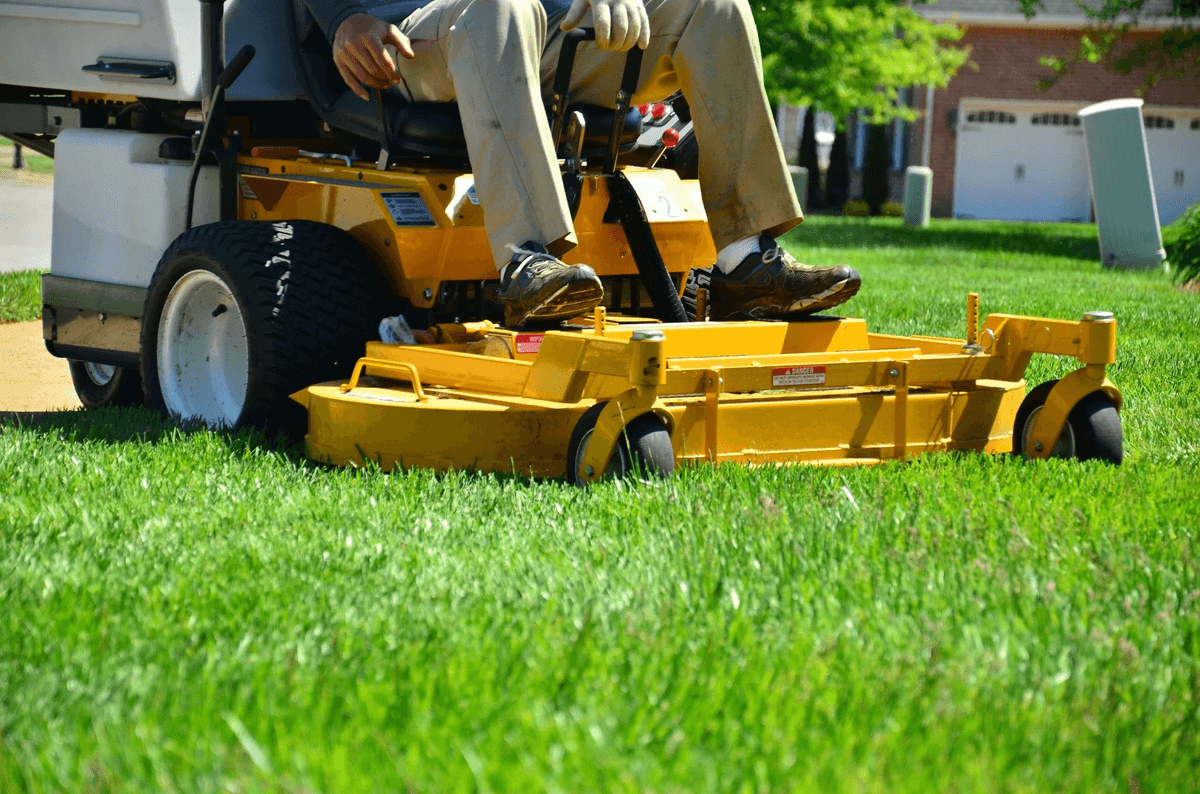
As a homeowner, you take great pride in your outdoor space, and for good reason. A well-manicured lawn can add significant value to your property, provide a beautiful backdrop for outdoor gatherings, and even improve the air quality in your neighborhood. However, maintaining a lush and healthy lawn requires more than just occasional mowing and watering. In this article, we'll delve into the art of lawn care, providing you with a comprehensive guide to help you achieve the perfect outdoor oasis.
Before we dive into the specifics of lawn care, it's essential to understand the importance of soil quality. Your lawn's soil is the foundation upon which your entire lawn care strategy is built. Without healthy, well-draining soil, your lawn will struggle to thrive, no matter how much water or fertilizer you apply. So, what makes for healthy soil? Simply put, it's a combination of factors, including pH levels, nutrient content, and drainage.
A pH level between 6.0 and 7.0 is ideal for most grass types, while a pH level outside of this range can lead to nutrient deficiencies and other issues. Nutrient content, on the other hand, is critical for promoting healthy growth and development. A balanced fertilizer application can provide your lawn with the necessary nutrients to thrive. Finally, proper drainage is crucial for preventing waterlogged soil, which can lead to root rot and other problems.
Now that we've covered the importance of soil quality, let's move on to the topic of mowing. Mowing is one of the most critical aspects of lawn care, as it plays a significant role in maintaining your lawn's health and appearance. When it comes to mowing, there are a few key things to keep in mind. First, make sure to mow your lawn at the recommended height for your specific grass type. Cutting your grass too short can leave it vulnerable to disease and pests, while cutting it too long can lead to a messy appearance. Visit the ideal lawn care Chesapeake VA experts for more information on lawn care maintainance.
In addition to mowing height, it's also essential to maintain a consistent mowing pattern. This means mowing your lawn in a pattern, such as in straight lines or in a circular motion, to ensure that you don't miss any spots. Finally, be sure to leave the clippings on the lawn, as they act as a natural fertilizer, providing your lawn with essential nutrients.
Watering is another critical aspect of lawn care, as it plays a significant role in maintaining your lawn's health and appearance. When it comes to watering, there are a few key things to keep in mind. First, make sure to water your lawn deeply but infrequently, rather than shallowly but frequently. This encourages deep root growth, making your lawn more resilient to drought and other environmental stresses.
In addition to frequency and depth, it's also essential to consider the timing of your watering schedule. Avoid watering your lawn during the hottest part of the day, as this can lead to evaporation and reduce the effectiveness of your watering efforts. Instead, water your lawn in the early morning or evening, when the sun is not as intense.
Fertilizing is another important aspect of lawn care, as it provides your lawn with the necessary nutrients to thrive. When it comes to fertilizing, there are a few key things to keep in mind. First, choose a fertilizer that is formulated for your specific grass type. Different grass types have different nutrient requirements, so it's essential to choose a fertilizer that is tailored to your lawn's specific needs.
In addition to choosing the right fertilizer, it's also essential to apply it at the right time. Fertilize your lawn in the spring and fall, when it's actively growing, to promote healthy growth and development. Avoid fertilizing during the summer months, as this can lead to excessive growth and create an environment conducive to pests and diseases.
Pest control is another critical aspect of lawn care, as it plays a significant role in maintaining your lawn's health and appearance. When it comes to pest control, there are a few key things to keep in mind. First, identify the type of pest you're dealing with, as different pests require different control methods. For example, if you're dealing with aphids, you may need to use an insecticidal soap, while if you're dealing with grubs, you may need to use a systemic insecticide.
In addition to identifying the type of pest, it's also essential to consider the type of control method you're using. Chemical pesticides can be effective, but they can also have negative environmental impacts and harm beneficial insects. Instead, consider using natural control methods provided by our top rated lawn care services, such as introducing beneficial insects or using physical barriers to prevent pest infestations.
Finally, let's talk about aeration and dethatching, two critical aspects of lawn care that are often overlooked. Aeration involves removing small plugs of soil and grass to improve drainage and reduce soil compaction. Dethatching, on the other hand, involves removing dead grass and debris to improve airflow and reduce the risk of disease.
By following these tips and guidelines, you can achieve a lush and healthy lawn that's the envy of your neighbors. Remember, lawn care is an ongoing process that requires regular maintenance and attention. By staying on top of your lawn care game, you can enjoy a beautiful outdoor space that provides years of enjoyment and relaxation.